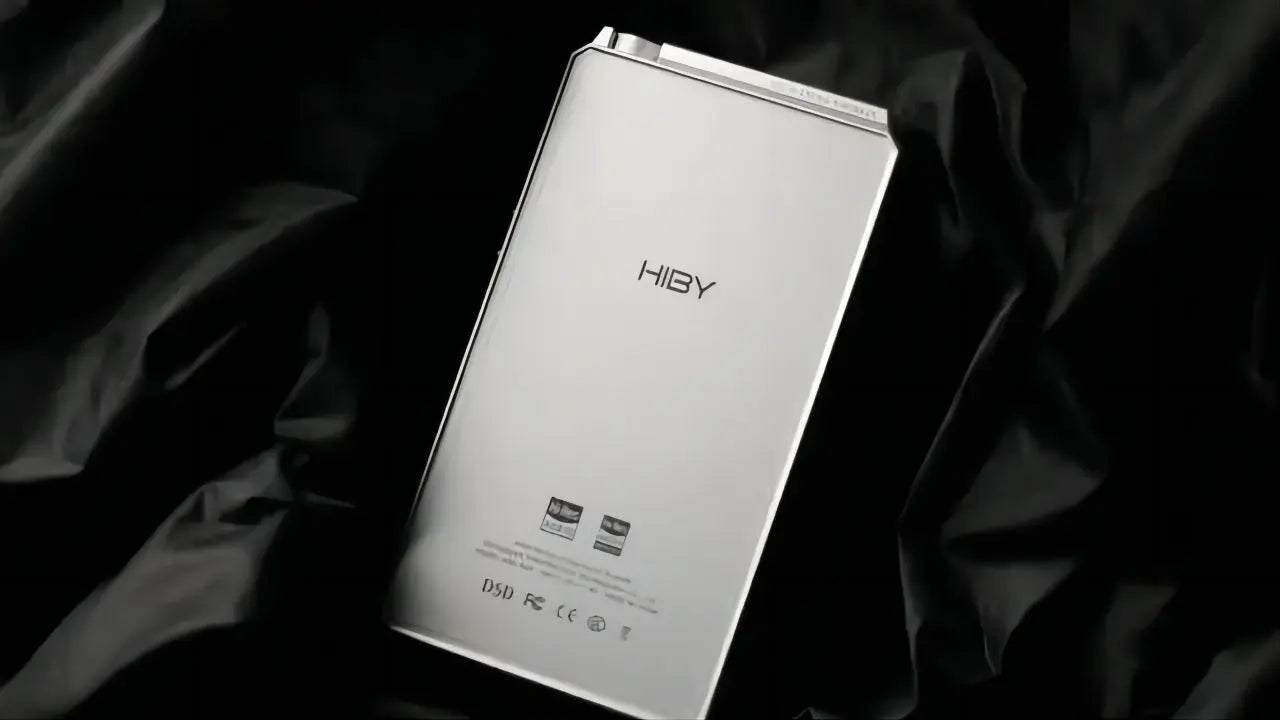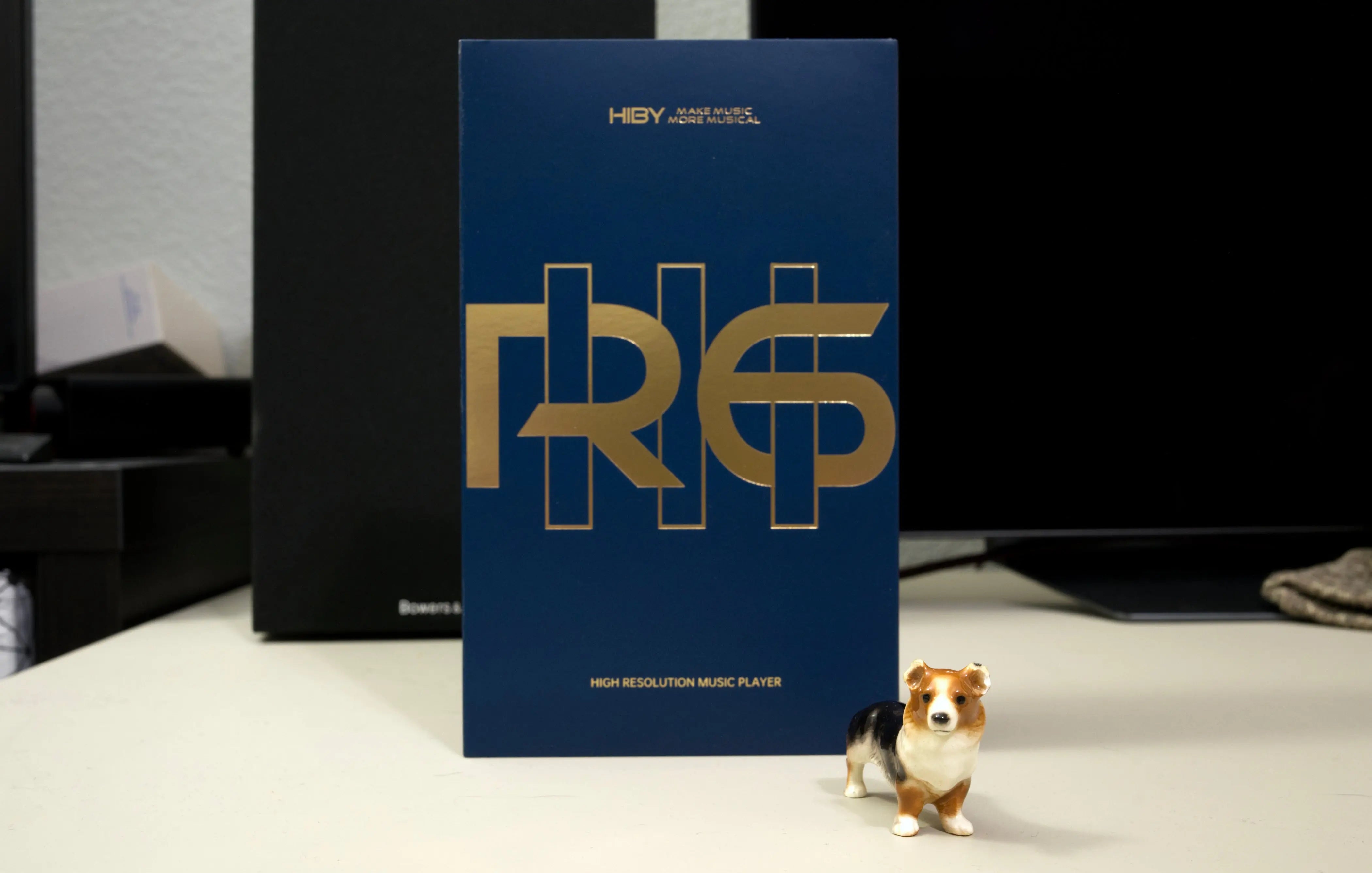Price reduction and upgrading at the same time! Video review of HiBy R6III music player by Haibei Music.
Equipment rating
At the Haibei Music strategic new product launch event last year, the representative work of Haibei Music, R6, was updated again, replacing the previous generation THE NEW R6 with R6 III. Although R6 III is an upgraded version, its price has been significantly reduced compared to the previous generation. The previous generation R6 was priced at 4,998 yuan, and now it has dropped to 3,698 yuan, with certain adjustments made to the sound and configuration.
The rating criteria are divided into two parts: sound evaluation and objective performance. Sound evaluation consists of three aspects: quality performance, style adaptation and distinctive features, mainly evaluating the product's sound quality indicators, such as resolution, information volume, spatial sense, etc. It also evaluates the adaptability to different equipment and music styles, as well as the unique tuning style and listenability. Objective performance includes material and craft, user experience and innovative highlights, mainly evaluating the product's material, workmanship, performance, experience, as well as the technological or design innovation.
Unboxing and objective comparison
The packaging design and content of R6 III are relatively simple. The box is small, and in addition to the machine itself, it also contains a charging cable and a protective case. The appearance of the machine is basically the same as the previous generation R6, but the old version used a brushed process, while the new version changed to a sandblasting process. In terms of color matching, the old version was a "sandwich" color matching of black front and back with silver in the middle, while the new version is silver throughout except for the screen. The weight of the machine is moderate, and the thickness is well controlled, but the body is slightly wider, which may not be suitable for people with small hands for single-handed operation.

、
Compared with the second generation R6, R6 III has not changed much in terms of configuration. It still uses the original 4+64 memory, double ES9038Q2M DAC, and the processor is changed from Qualcomm Snapdragon 660 to 665. The screen may be downgraded from 1080P to 720P for battery life considerations. Although the player itself is not a device that focuses on visual effects, considering that everyone's viewing habits are almost 1080P starting now, and there are many audio enthusiasts who like to watch MVs with players, this downgrade is still a bit regrettable. It is worth mentioning that the battery life of R6 III has been significantly improved compared to the second generation, from 8-10 hours to a maximum of 15 hours.
Sound experience and comparison
In terms of sound, the biggest highlight of R6 III is the addition of the A/AB dual-mode switching function, which was previously highly praised on R5 II, making the machine's sound more varied and playable. In fact, from the products of the past two years, it can be felt that HiBy has made some adjustments in its tuning concept compared to previous years. Early HiBy pursued a style with high restoration, clean sound, and less coloration, while products in the past two years focus more on highlighting the charm and musicality of the sound, and the style is more delicate and mellow.
R6 III's sound has a typical pop flavor, with very warm and delicate mid-frequencies, emphasizing a light and lively listening experience. Especially when interpreting Japanese and Chinese female voices, the sound is sweet and clear but not cloying. In terms of instruments, thanks to its full and solid sound, R6 III can well reproduce the shape and texture of sound when performing instruments such as cello and guitar, and the density is also quite excellent. In AB mode, R6 III's vocal color will be relatively neutral, and it will become more intimate and sweet after switching to A mode. It should be noted that the difference in battery life between these two modes can reach 5-6 hours, so it is recommended to use the more power-saving AB mode when going out.

In terms of headphones selection, R6 III's driving power is moderate, and its control and compatibility are quite good. Even when paired with low-tuned thick-sounding headphones, it can control the amount and texture of the low frequency just right. For those earplugs that are prone to sharpness in high frequencies, it will round off the sound to give a more versatile effect. When listening, you can try pairing R6 III with headphones that have less coloring and finer imaging to better experience the improvement in musicality and listening endurance.
If there are any regrets in the previous generation R6, it may be that, compared with the lower-positioned R5 II, although it has advantages in quality and experience, its tuning style is not as likable as R5 II's dual-mode, and its sound plasticity is not as good, which has left many fans entangled. The birth of R6 III has made up for the shortcomings of the previous generation. It not only has better musicality but also adds dual-mode to bring more changes to sound, which is both likable and easy to match. Even ignoring the price factor, on the premise of similar quality, the overall sound style of R6 III has a more solid density and a more delicate and mellow vocal performance, which can better cater to the listening preferences of most audio enthusiasts today.

Equipment Evaluation and Purchase Recommendations
For those audiophiles who were hoping for a major overhaul with the R6, the release of the R6 III may have fallen short of their expectations. After all, compared to its predecessor, the R6 III underwent relatively standard upgrades and did not offer many technological or configuration surprises. However, as the R6 has become a solid mid-range model for the entire brand, stability and reliability in its route planning is understandable. After all, it has the responsibility of guiding novice users into the world of high-quality audio and is also situated in a highly competitive price range. Despite this, the R6 III maintains excellent performance while offering a relatively high price-performance ratio, fulfilling its mission.

The R6 III offers highly competitive sound performance. Its foundation is very solid, with a distinct personality in style, vibrant and transparent tonality, and a pleasing pop flavor. Its excellent density and well-judged coloring ensure that it has a relatively wide adaptability to different musical styles and headphones. Objectively speaking, the R6 III basically continues the excellent performance of its predecessor and has made certain progress in areas such as battery life, operation, and features after adjustments. The user experience is smooth and comfortable, and the only downside could be the downgraded screen. Compared to its predecessor, the changes in this machine are not a complete overhaul but more like filling in the gaps and ironing out many details, while also improving its price-performance ratio.
Since HiBy announced several new models, R5 II and the previous generation R6 users may be struggling with the decision to upgrade. For R5 II users, the R6 III is a comprehensive upgrade with significant improvements in sound quality and operational fluency, completely justifying the price difference of over a thousand yuan. However, for previous generation R6 users, this choice may be more difficult. Although the R6 III's sound is fuller and more vivid than its predecessor, and it has better compatibility and playability, there is no significant difference between the two in terms of information capacity, resolution, and operational fluency. If you are looking for a completely overhaul upgrade experience, it may be best to wait for the next generation R6 PRO that HiBy has announced.
......


